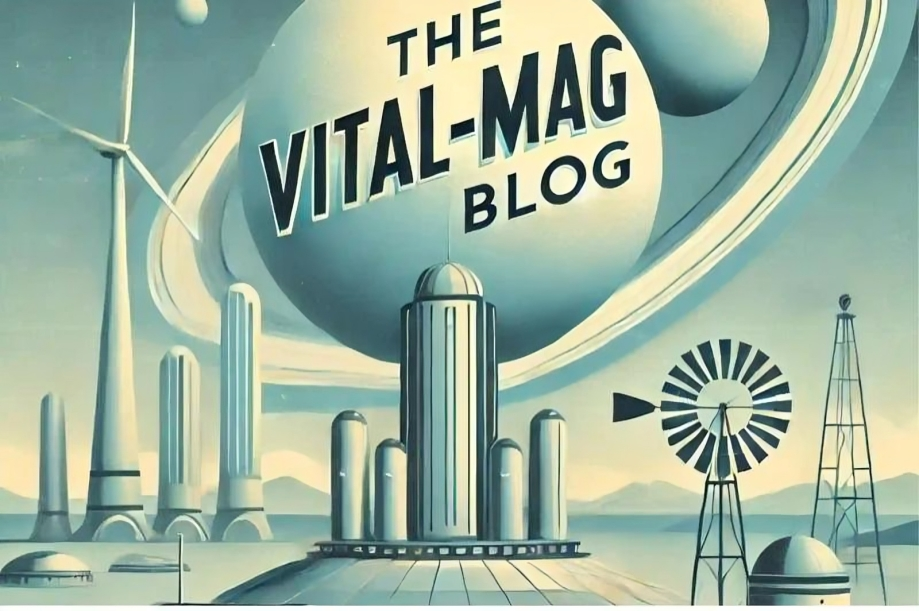Table of Contents:
- Introduction
- Understanding Free Nights and Weekend Plans
- Economical Advantages
- Optimizing Energy Usage
- Selecting the Right Plan
- Important Considerations
- Technological Advancement and Plans
- Potential Challenges
- Conclusion
Introduction
As households look for ways to manage their budgets amidst rising energy costs, free nights and weekends, electricity plans have become an attractive option for many. These plans can create opportunities for energy savings and promote more efficient use of power resources, providing benefits beyond simple cost reductions. In examining time-of-use electricity plans, we’ll uncover the myriad benefits these pricing structures offer while also considering some challenges and how to mitigate them effectively.
Understanding the intricacies of time-of-use electricity plans requires a nuanced approach, considering factors like peak usage hours and varying daily rates. By shifting energy-intensive activities to off-peak hours, consumers can take full advantage of lower rates and optimize their electricity usage. However, weighing the potential savings against the inconvenience of adjusting daily routines to align with these pricing structures is essential.
Understanding Free Nights and Weekend Plans
Before delving into the advantages, it’s essential to understand the basic structure of ‘free nights and weekends’ plans. These are a type of time-of-use plan where energy suppliers offer electricity at reduced rates—or even for free—during the weekends and nighttime hours. They are designed to entice users to shift their high-energy activities to off-peak times when there is less demand on the power grid and, consequently, energy is cheaper to produce and supply.
Consumers should carefully review the specifics of these plans, including the definition of “nighttime” and the exact hours during which free or reduced-rate electricity applies. Additionally, it’s essential to consider any associated fees or higher rates during peak hours, which may offset the savings gained during off-peak periods. Despite the potential savings, these plans may only be suitable for some, particularly those who cannot adjust their energy usage patterns to take advantage of the free or discounted periods.
Economical Advantages
From an economic standpoint, these plans can be a boon for savvy consumers. By aligning energy-intensive tasks such as laundry, dishwashing, and charging electric vehicles to off-peak hours, households may see a noticeable decrease in electricity bills. This could translate into substantial yearly savings, freeing up personal finances for other priorities or investments.
Moreover, the predictability of knowing when electricity is free or discounted allows for better budgeting and financial planning, providing households with greater control over their expenses. Over time, as consumers become more adept at optimizing their energy usage to leverage the benefits of free nights and weekends, they can further maximize their cost savings. Overall, these plans offer immediate financial benefits and promote a more sustainable and efficient use of energy resources.
Optimizing Energy Usage
One of the primary benefits of a ‘free nights and weekends’ plan is the potential to optimize household energy usage. The structure of these plans encourages users to become more conscious of when they are consuming energy and to adjust their habits accordingly. In doing so, they can take full advantage of the off-peak rates while helping to even out the demand on the energy grid, leading to more efficient energy production and distribution.
By shifting energy-intensive activities to off-peak hours, such as running appliances or charging electronic devices, households can maximize the benefits of free or discounted electricity during nights and weekends. This reduces individual electricity costs and contributes to overall grid stability by redistributing energy consumption to times of lower demand. Additionally, adopting smart home technologies or programmable thermostats can further enhance the efficiency of energy usage, allowing users to automate energy-saving routines according to their plan’s schedule.
Selecting the Right Plan
Choosing an electricity plan is a crucial financial decision for a household. When considering a ‘free nights and weekends’ plan, it is essential to compare the rates and the timing of the reduced or free rates against actual household energy usage habits to ensure they match your lifestyle. The goal is to ensure that the periods in which you consume the most energy align with when the electricity is cheapest.
Additionally, it’s essential to carefully review the terms and conditions of the plan, including any potential restrictions or penalties for exceeding usage limits during peak hours. Consumers should also evaluate the reliability of the provider and the quality of customer service offered, as these factors can significantly impact the overall satisfaction with the plan. Lastly, monitoring energy usage regularly and adjusting habits as needed can help households maximize the benefits of a ‘free nights and weekends’ plan and optimize their savings over time.
Important Considerations
Before switching to a ‘free nights and weekends’ plan, thoroughly evaluating your energy usage patterns is wise. Does your family stay up late, or do you have the flexibility to run appliances during these specific off-peak hours? Understanding your typical energy consumption behavior is essential to maximize the benefits of these time-specific electricity plans.
Technological Advancement and Plans
Technology is playing an increasingly significant role in energy consumption. Smart home devices, for instance, allow users to schedule operations during optimal rate periods automatically. This functionality can make the most of ‘free nights and weekends’ plans without drastically altering daily routines, enhancing convenience, and ensuring savings without significant lifestyle changes.
Potential Challenges
However, these plans have potential drawbacks. Consumers need to be cautious of hidden fees or the potential for higher rates during peak hours that could negate any savings earned during off-peak times. Additionally, individuals whose schedules do not align with the off-peak periods might find it difficult to adjust their energy consumption to fit within the discounted rate windows, making these plans less advantageous.
Conclusion
Free nights and weekend electricity plans are an innovative approach to energy consumption that can yield economic and environmental benefits. They encourage more intelligent energy use, contribute to grid efficiency, and align well with the goals of environmentally conscious consumers. However, choosing the right plan requires careful consideration of one’s energy habits and a clear understanding of plan terms and conditions to ensure it fits. As the energy market continues to evolve, these plans represent a step toward a more efficient and responsible future in residential energy consumption.










